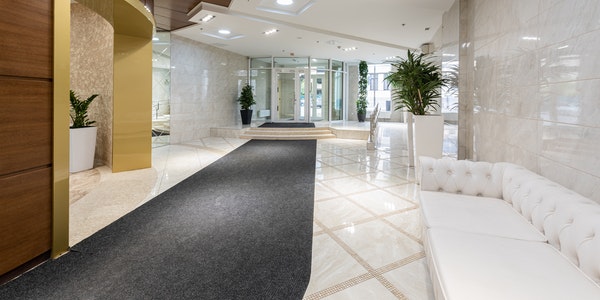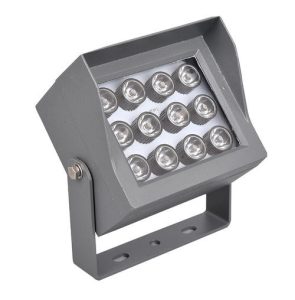Lighting Design-Show Life
Light-a creative medium
Light is a creative medium…the most powerful of all mediums. Most of the things we know about our world are acquired through our eyes, and what we have learned is that the way we look at things also depends on how they are illuminated.
This article shows how lighting makes a difference-this is a practical and creative guide in the process of designing lighting. It focuses on three basic options:
- What to light
- How to light it
- What to light it with
We will focus on each of these three decisions and the factors that affect them.
“What to illuminate” and “How to illuminate”-to solve the lighting needs and methods of typical lighting application scenarios such as dining areas, bedrooms, living rooms, etc. “What to use” refers to the criteria and conditions set based on the “what to light” and “how to light it” decisions, considering appropriate light sources, lamps and control modes.
What to Light
“What to light” is usually determined by the purpose of the space. The attributes and characteristics of the illuminated objects and surfaces play an important role in it. For example, the living room, bedroom, and dining area have their own differences. Generally, to determine how to design a space, it can be considered in three aspects.
These aspects are:
Task lighting
Accent lighting
Ambient or “space” lighting
What we call “seeing” does not refer to the light itself, but refers to the perception of the light after the reflection of the surface of the object. Therefore, we need to consider the characteristics of the illuminated surface.
Is it bright or dark? A dark surface absorbs more light and reflects less; is it polished or mirrored? The polished surface reflects the image; is its texture fine or rough? A textured surface scatters the light hitting it; do we want to highlight or weaken its color? The color of the surface of the object is determined by the color rendering ability of the light source.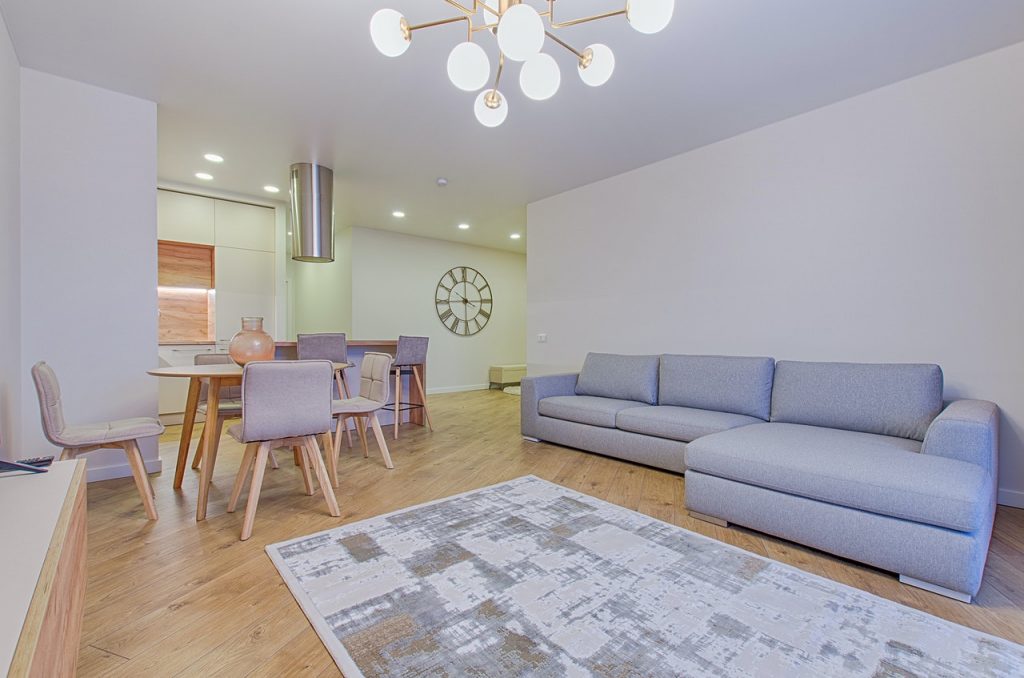
As the first step of lighting design work, the space should be analyzed based on the following aspects.
Function: What kind of activities do people carry out in this space?
Visual assignment: What do you want people to see most?
Objects: What do you want people to see most?
Architectural characteristics: What are the things worth highlighting?
Furniture location: Where will people sit? Or where do you stand?
Emotions: What kind of atmosphere do people desire? Need to change?
Style: Is there anything that lighting should match?
Step 2: Try to set the priority.
What is the most important? Try to find a focal point for the space where you want it to catch the eye. In the dining room or living room, it is likely to be a table and its furnishings, a painting, or a vase decoration and a fireplace.
Of course, in a space, there may be multiple lighting targets that need to be prioritized at the same time, for example, “work” areas such as sideboards, tables, or kitchen counters.
These priority goals should consider task lighting or accent lighting, as will be described later.
Then, consider the space as a whole.
Illuminating the walls can make the space look more open; the soft light hidden around the furniture creates an intimate atmosphere. The lighting effect of “flickering and shining” from cut crystal or polished metal will convey a festive atmosphere. Using indirect lighting to highlight the ceiling lighting method makes the space more formal and open. Using downlights to highlight a small piece of carpet on the floor may make the space appear warmer and more comfortable. However, when the downward light is directly projected onto a smooth surface such as a glass table top or a marble floor, it is likely to cause uncomfortable reflected glare.
We will discuss more about these aspects of designing with lighting later.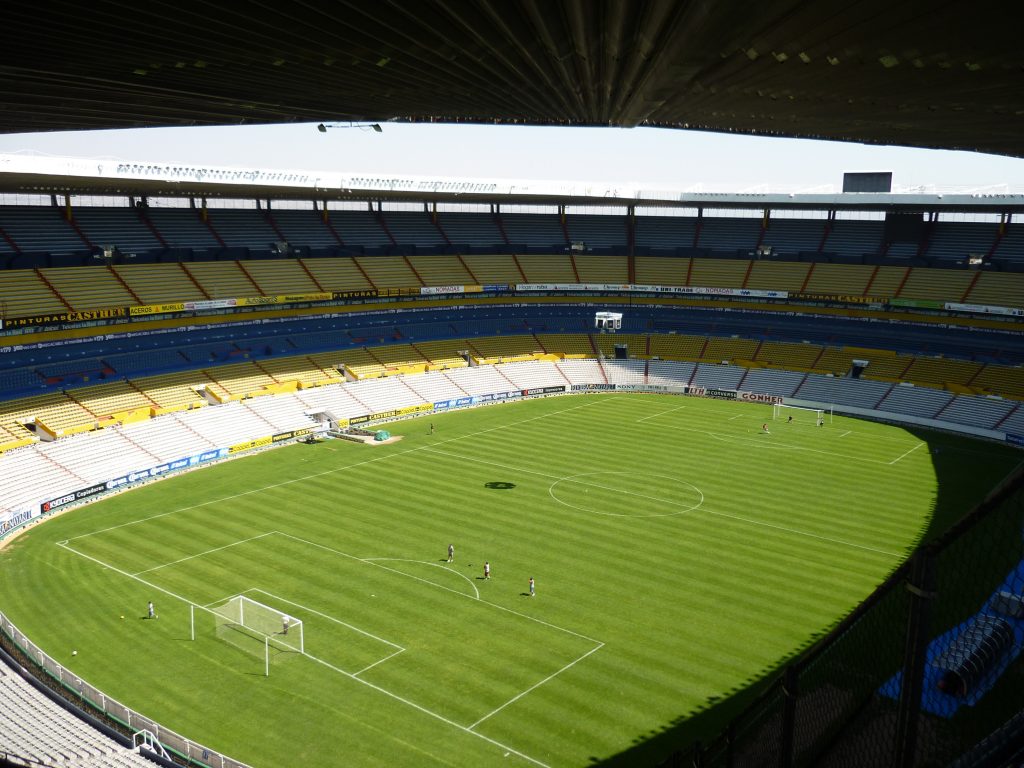
How to Light it
Once we have analyzed the space and decided “what to light” (what to light), we can use three basic lighting techniques and methods to determine how to make the best lighting design.
Ambient lighting-basic, holistic lighting, it can:
Make people move easily and safely. Defining the space to make the space look bigger. By balancing the brightness of the space surface in the field of vision, the space becomes more comfortable.
The general lighting that illuminates the objects and surfaces in the lower part of the room can create a feeling of warmth and intimacy, while the indirect lighting that illuminates the higher walls and ceilings makes the space look more rational, quiet and spacious.
Accent lighting-illuminate special areas
Accent lighting projects additional light onto selected objects and surfaces, thereby bringing extra attention. Accent lighting can catch people’s attention, provide dramatic effects, arouse people’s interest and add excitement. It’s like saying, “Hey, look here!”
Task lighting-illuminate the working surface
Task lighting is to illuminate our work area: such as reading, writing, preparing food, washing clothes, games or hobbies activities. Writing and reading generally require adequate and well diffused light from the shoulder or side. For kitchens and hobbies activities, a beam of concentrated light from above usually works best.
Where to place the lighting fixtures
A key element of “how to light” is where the lighting fixtures are placed. This is particularly important to avoid glare and light curtain reflections. This is also a decisive factor that emphasizes or weakens the surface texture of an object.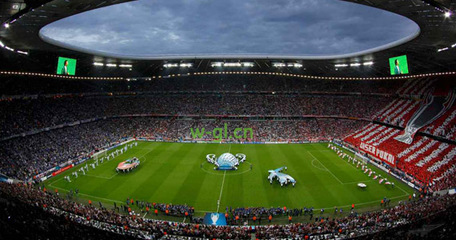
What to Light it with
Once you have decided what to light and how to light it, you should be prepared to decide what to light it with. Choose light sources, lighting fixtures and lighting controls for all aspects of the project. It is best to proceed in this order!
Choose a Light Source
In order to make a decision, you need to consider:
Light distribution requirements (that is, the required light distribution); color rendering; color temperature; maintenance costs;
Obtaining the required light distribution is not only related to the light source, but also related to the luminaire, because the luminaire not only provides fixed installation support for the light source, but also redistributes the light emitted by the light source to accurately project it on the target area and properly shield it. To avoid making it a source of glare.
Depending on whether the lighting purpose is ambient lighting, accent lighting or task lighting, the required light distribution ranges from wide angles to narrow angles, from diffusion to aggregation. As a general rule, fluorescent lamps are most suitable for places requiring wide light distribution; low-voltage tungsten halogen lamps and LEDs are most suitable for places requiring narrow light distribution.
How bright (ie how much “amount” of light) is needed?
How bright (that is, the total amount of light) required for good visual conditions depends on:
Reflectance of lighting user’s age visual task target
The following table shows the recommended illuminance values for different ages. Each application situation shows a corresponding range: low illuminance values are for young people under 25 years old, intermediate illuminance values are for people 25-65 years old, and high illuminance values are for people over 65 years old.
Recommended target value of illuminance (unit: lx)
|
Area or event |
Younger than 25 |
25~65 |
Older than 65 |
|
aisle |
20 |
40 |
80 |
|
conversation |
25 |
50 |
100 |
|
make up |
150 |
300 |
600 |
|
Reading and learning |
250 |
500 |
1000 |
|
Kitchen countertops |
375 |
750 |
1500 |
|
manual |
500 |
1000 |
2000 |
Choose Lighting Fixtures
How much energy is consumed?
Nowadays, with the focus on energy consumption, in specific lighting applications, the choice of lamps may be restricted by corresponding regulations and standards. We need to consider:
Lamp efficiency; lamp effect; the distance between the lamp and the visual task target; the use of occupancy sensing, dimming or multi-level control.
Choose Lighting Control
Wall switches, dimmers and programmable systems can:
Change the lighting scene to adapt to related activities (“programmable”); automatically change the lighting level according to different times of the day (daylight sensing); change the lighting scene according to personal wishes to set the mood and create the desired atmosphere (“manual control”) ; Automatically turn off the lights when there is no one to save energy (“occupancy sensing”).

